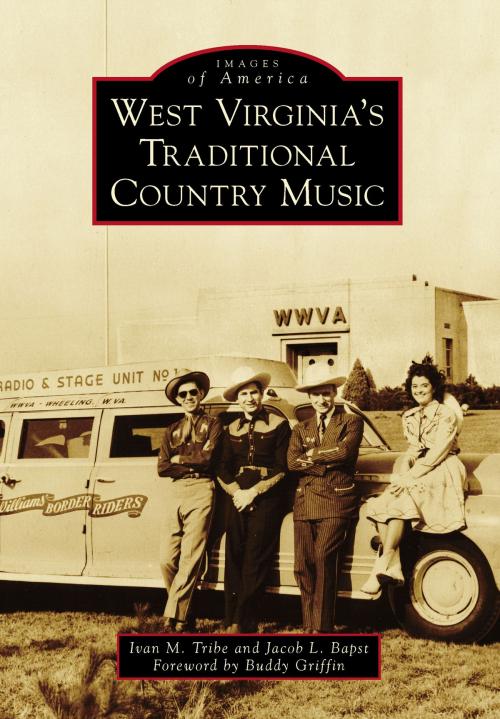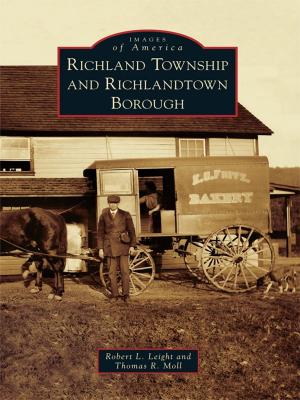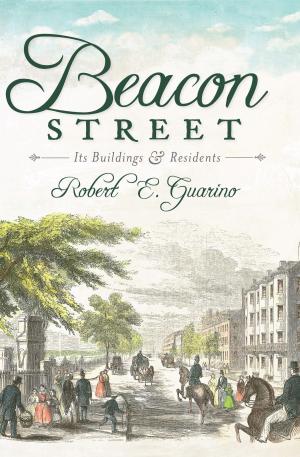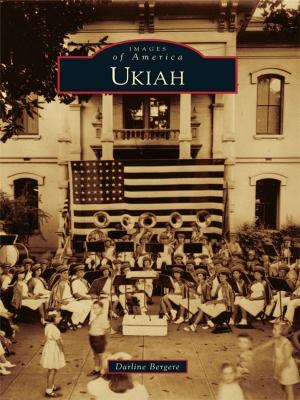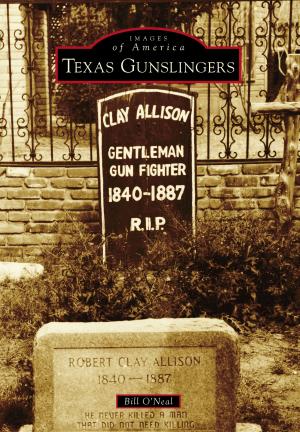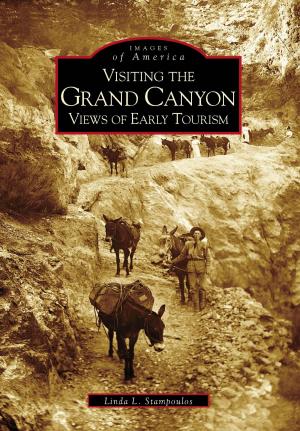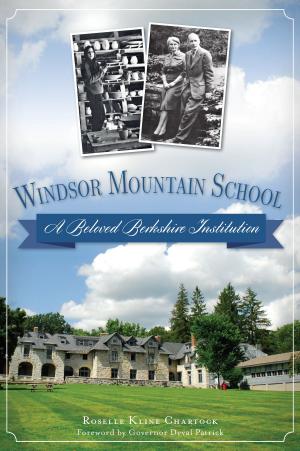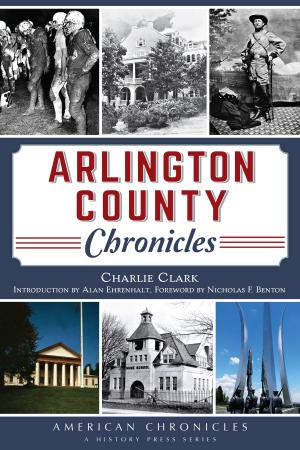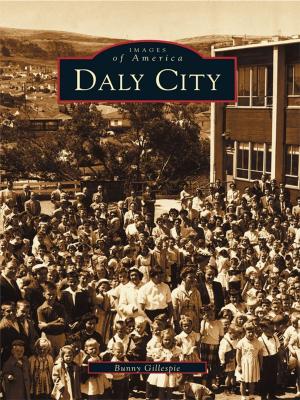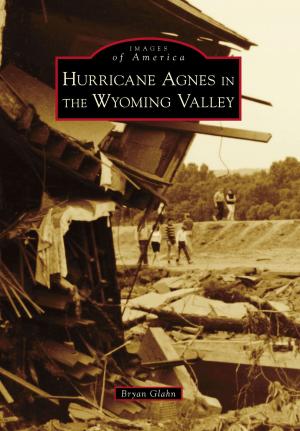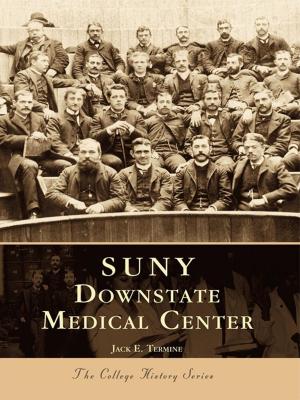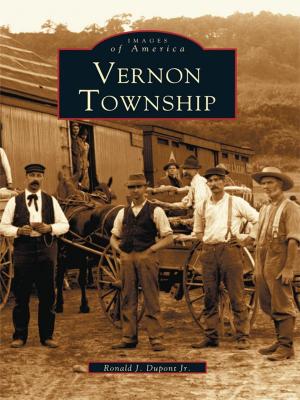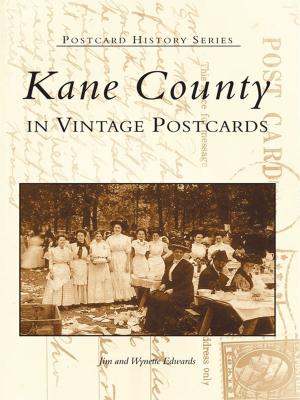West Virginia's Traditional Country Music
Nonfiction, Entertainment, Music, Music Styles, Country, Art & Architecture, Photography, Pictorials, Travel, Biography & Memoir, Entertainment & Performing Arts| Author: | Ivan M. Tribe, Jacob L. Bapst | ISBN: | 9781439650400 |
| Publisher: | Arcadia Publishing Inc. | Publication: | March 16, 2015 |
| Imprint: | Arcadia Publishing | Language: | English |
| Author: | Ivan M. Tribe, Jacob L. Bapst |
| ISBN: | 9781439650400 |
| Publisher: | Arcadia Publishing Inc. |
| Publication: | March 16, 2015 |
| Imprint: | Arcadia Publishing |
| Language: | English |
West Virginia has been known for a century as a rich repository of traditional country music and musicians. Beginning in the mid-1920s, phonograph recordings and radios brought this music to a wider audience. With the passing of time and the influence of commercialization, this music developed into what became first known as "hillbilly" and then into the more refined "country" because of its long appeal to those of rural background. Although modernization has caused the traditional element to recede considerably, much still remains. Many folk still cling to the older sounds exemplified by the "raw" traditionalists and the neo-traditional bluegrass style that emerged in the 1940s. From the earliest recording artists, such as the Tweedy Brothers and David Miller, who was blind, to contemporary stars like Kathy Mattea and Brad Paisley, West Virginians and others have held their musicians in high esteem.
West Virginia has been known for a century as a rich repository of traditional country music and musicians. Beginning in the mid-1920s, phonograph recordings and radios brought this music to a wider audience. With the passing of time and the influence of commercialization, this music developed into what became first known as "hillbilly" and then into the more refined "country" because of its long appeal to those of rural background. Although modernization has caused the traditional element to recede considerably, much still remains. Many folk still cling to the older sounds exemplified by the "raw" traditionalists and the neo-traditional bluegrass style that emerged in the 1940s. From the earliest recording artists, such as the Tweedy Brothers and David Miller, who was blind, to contemporary stars like Kathy Mattea and Brad Paisley, West Virginians and others have held their musicians in high esteem.
